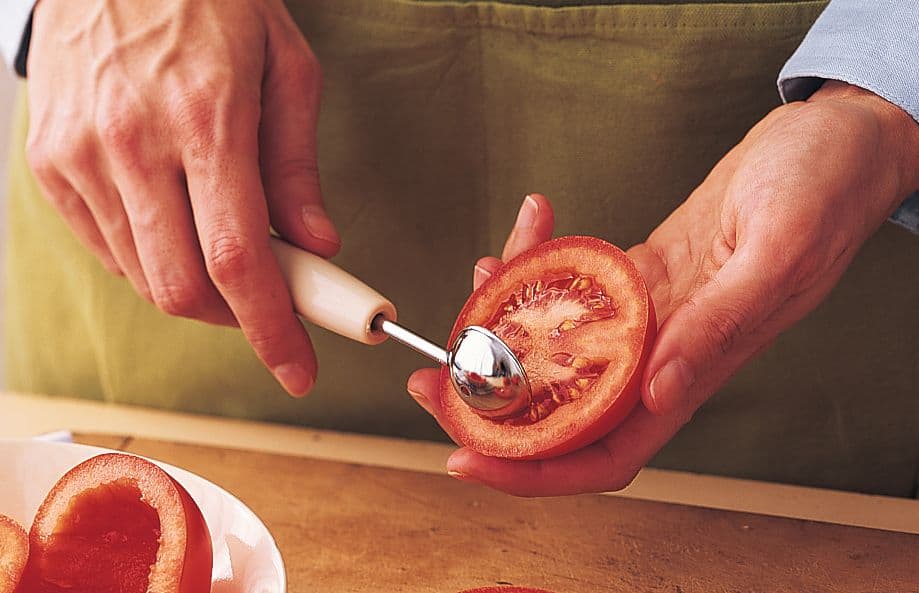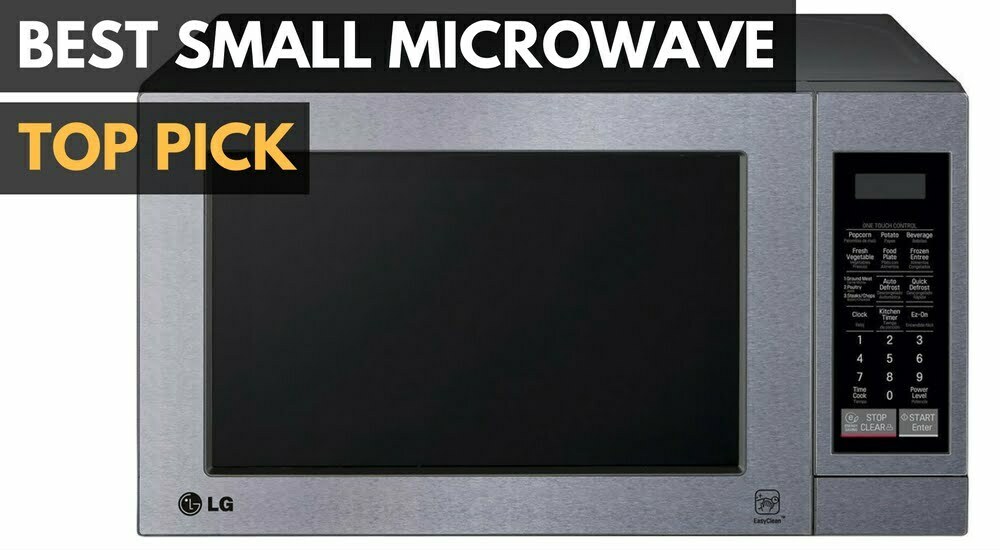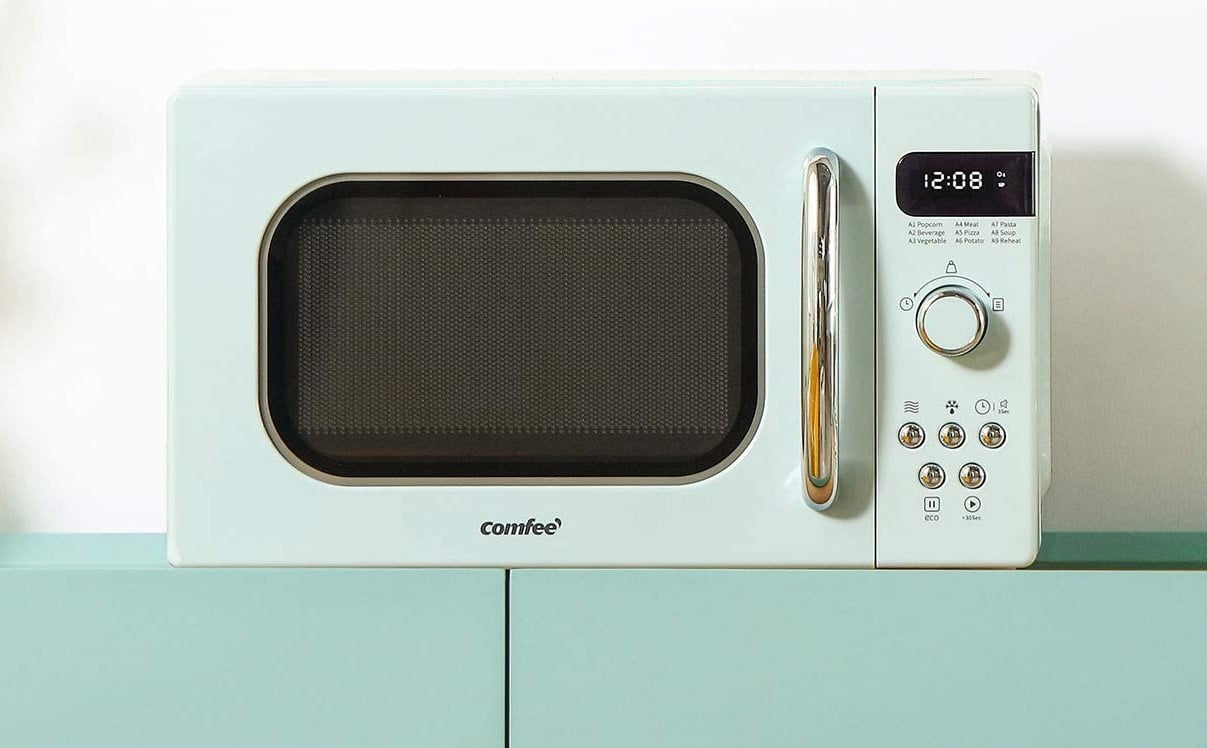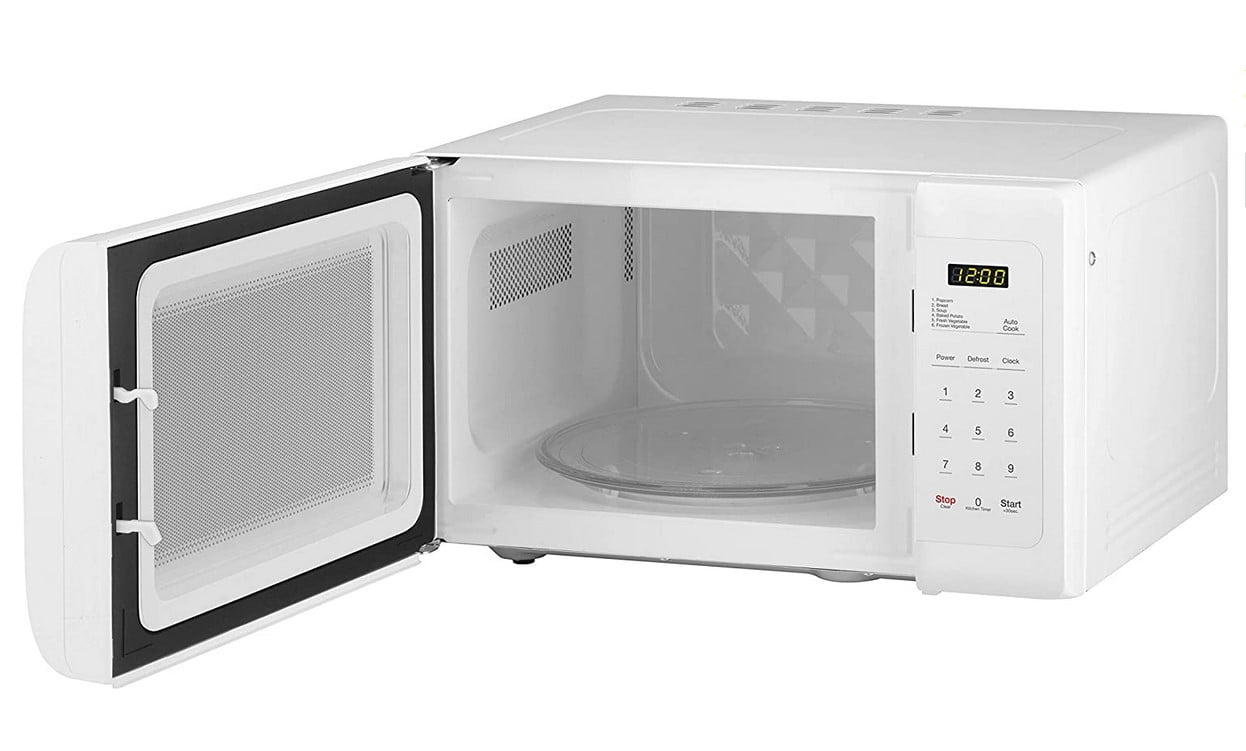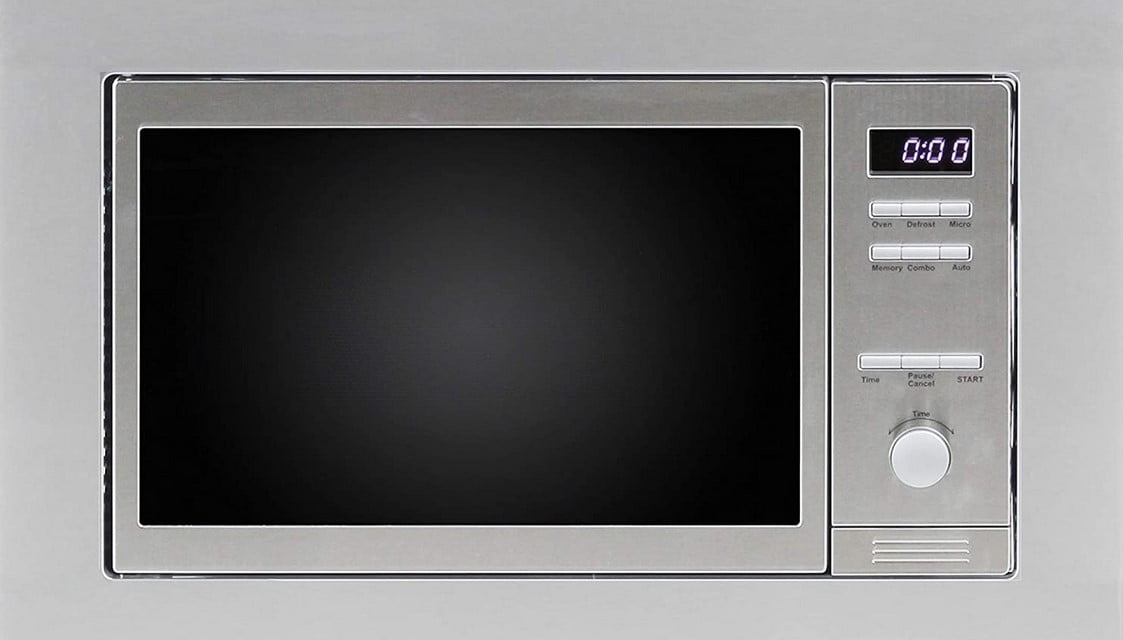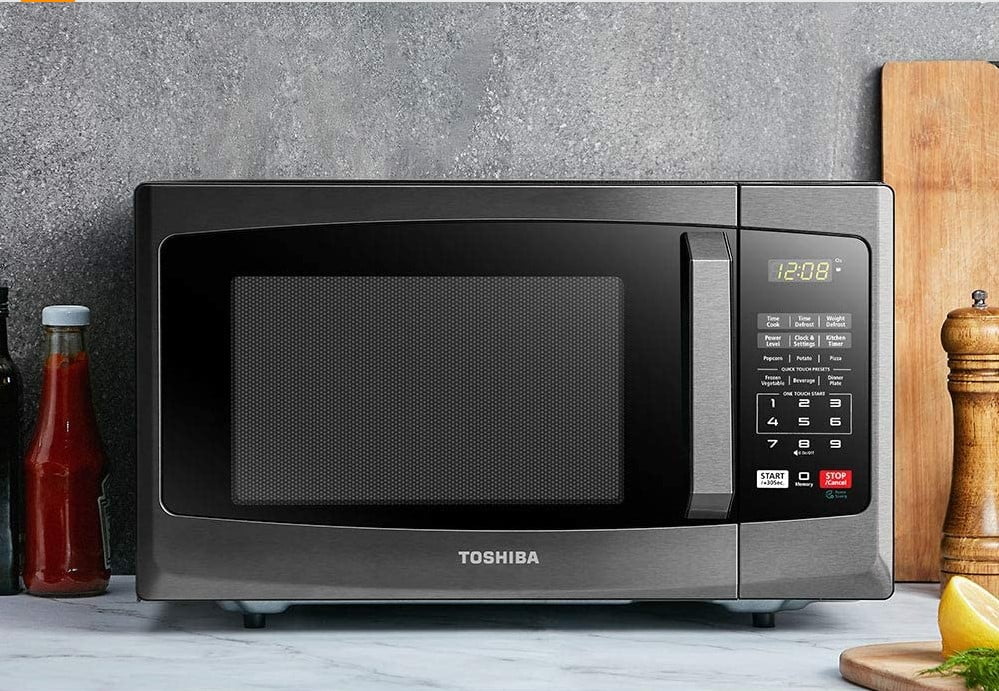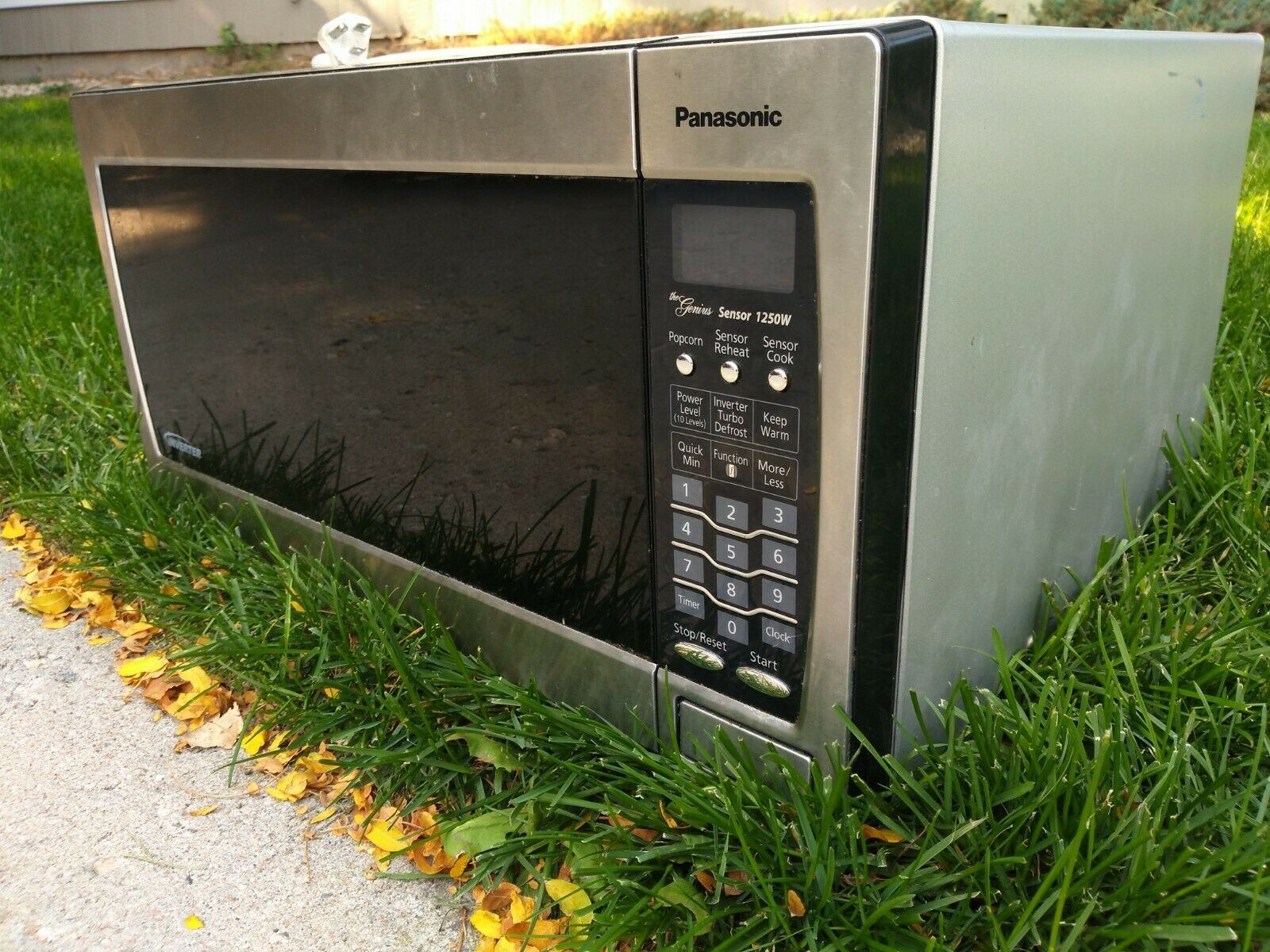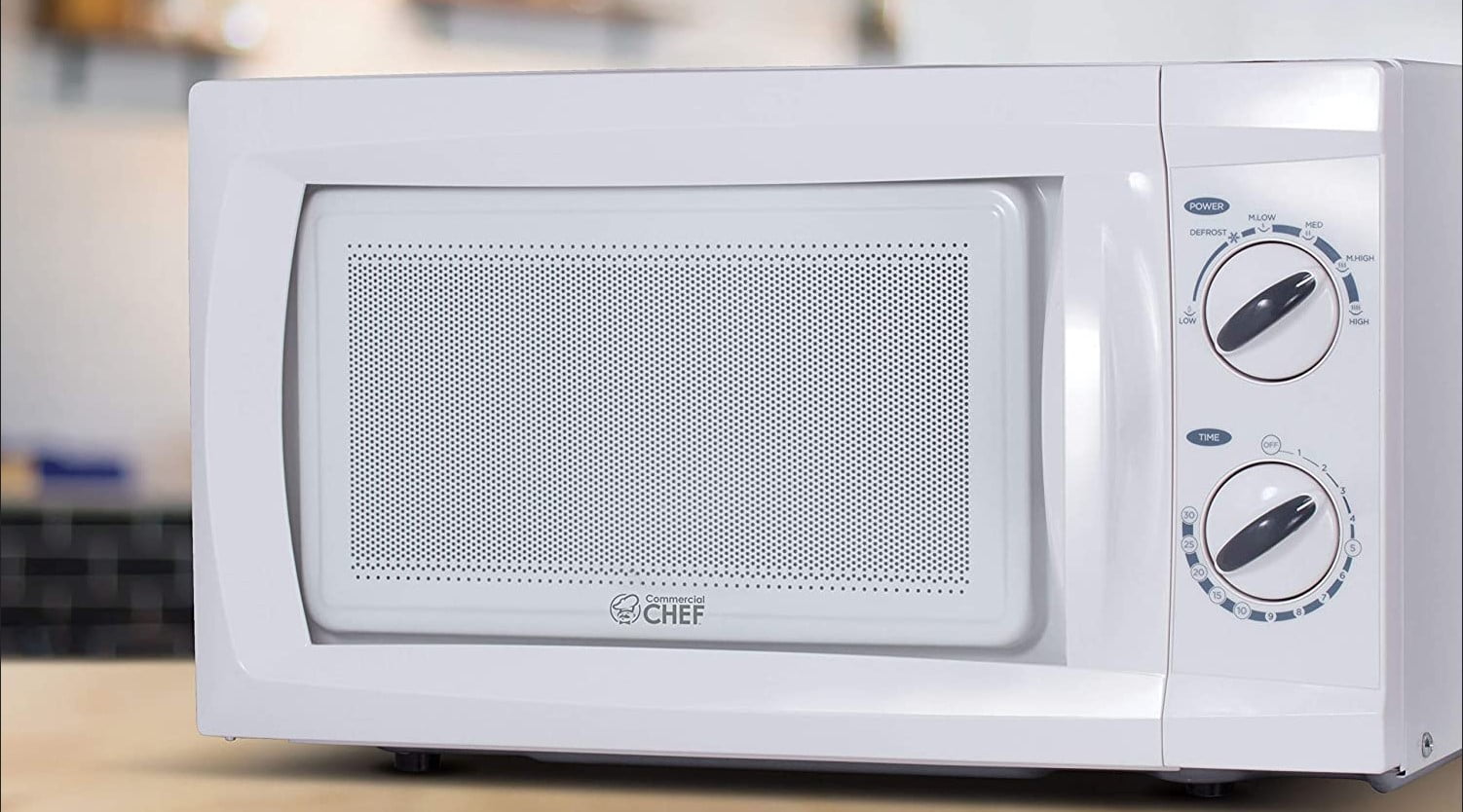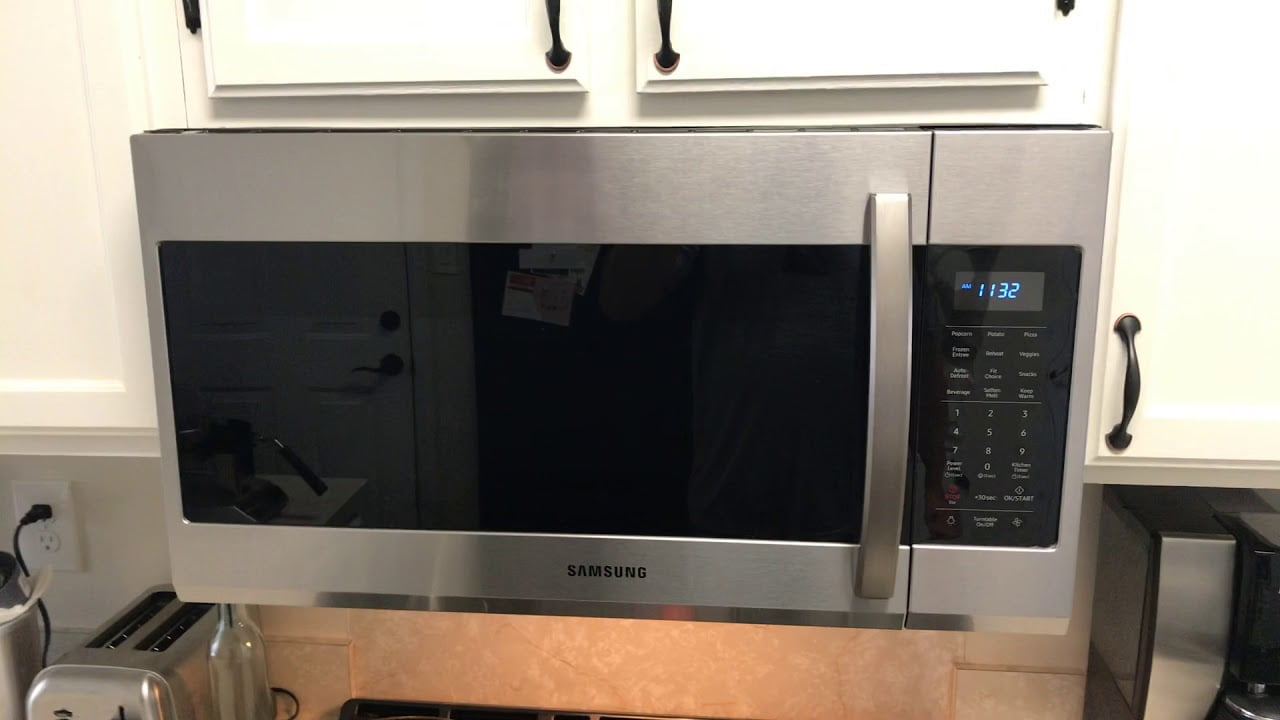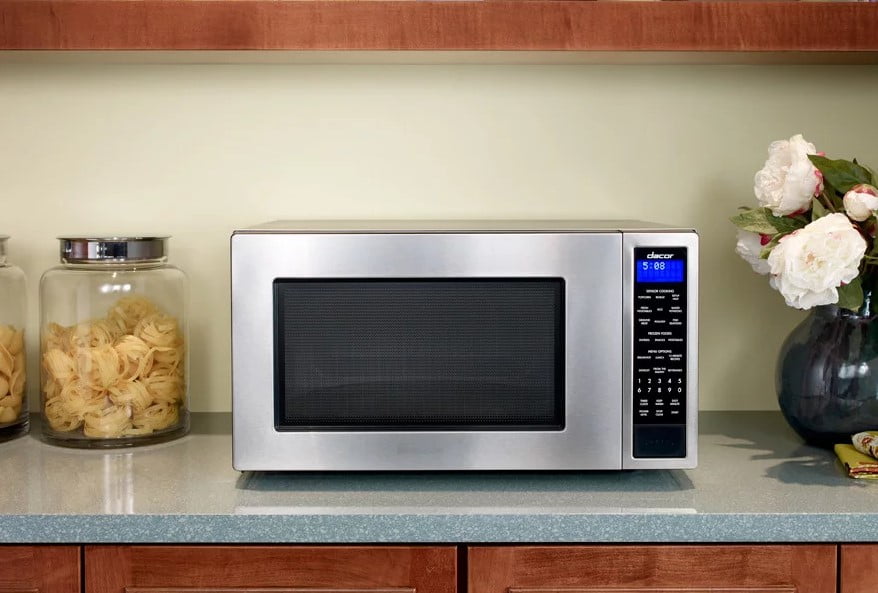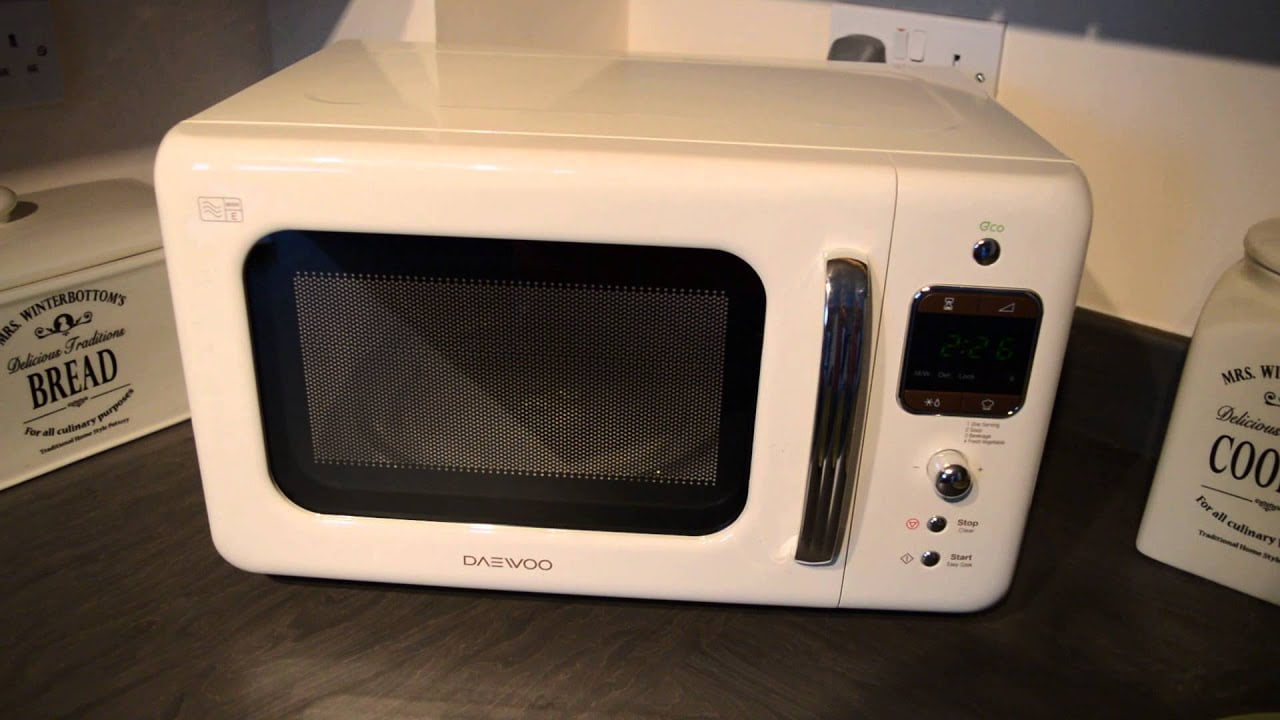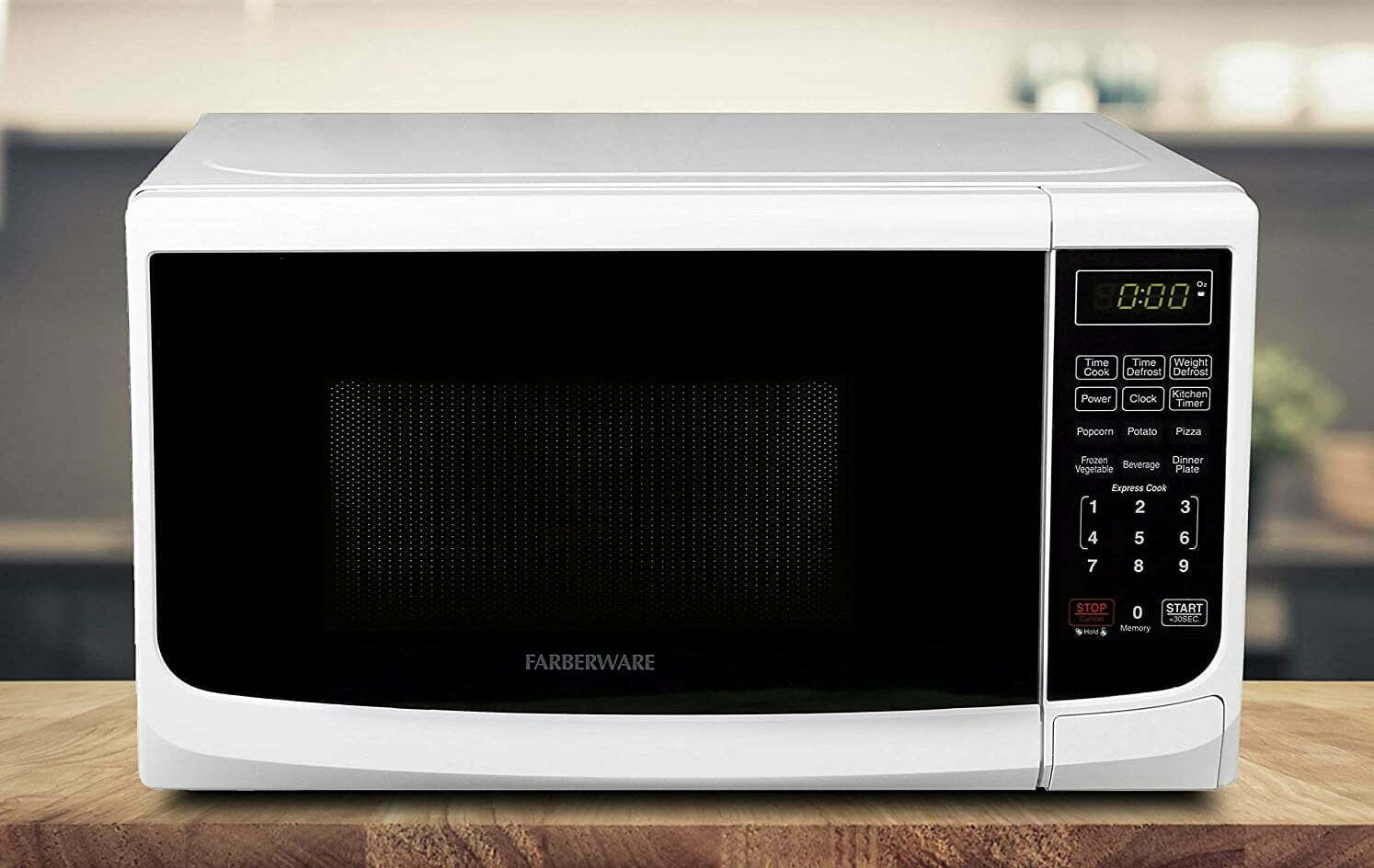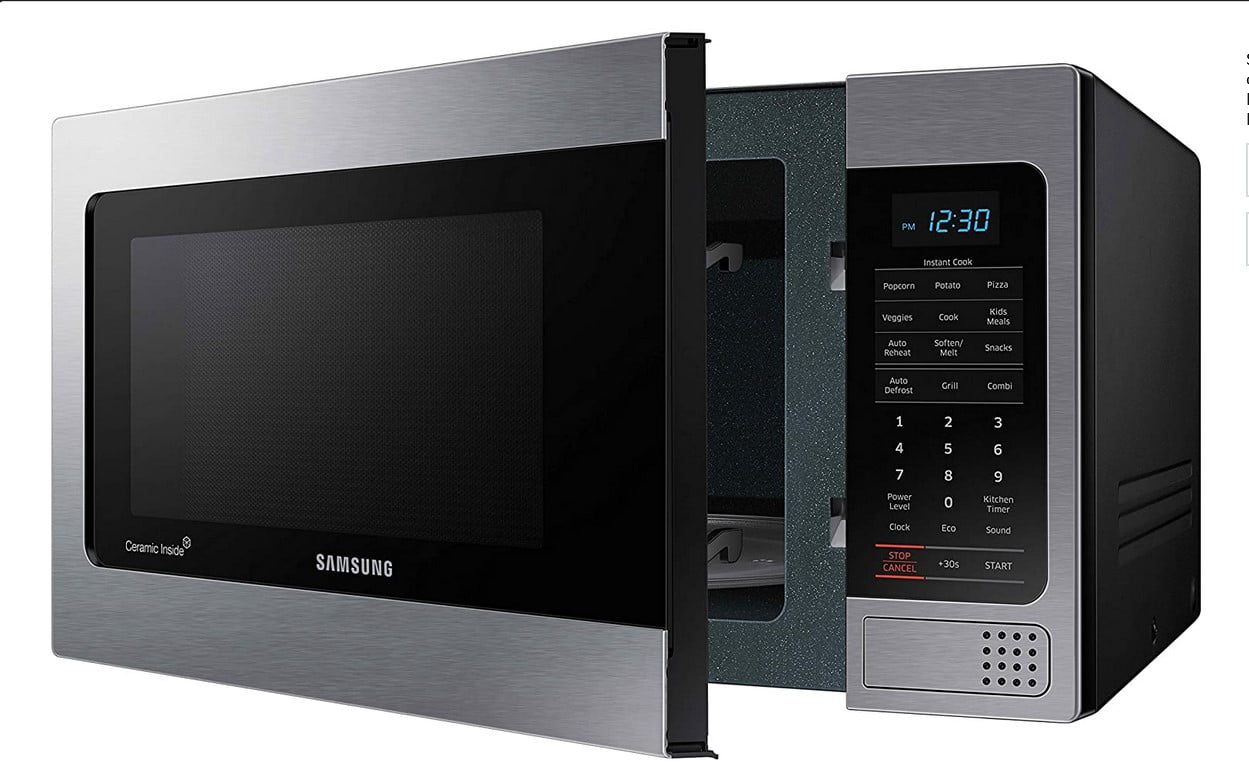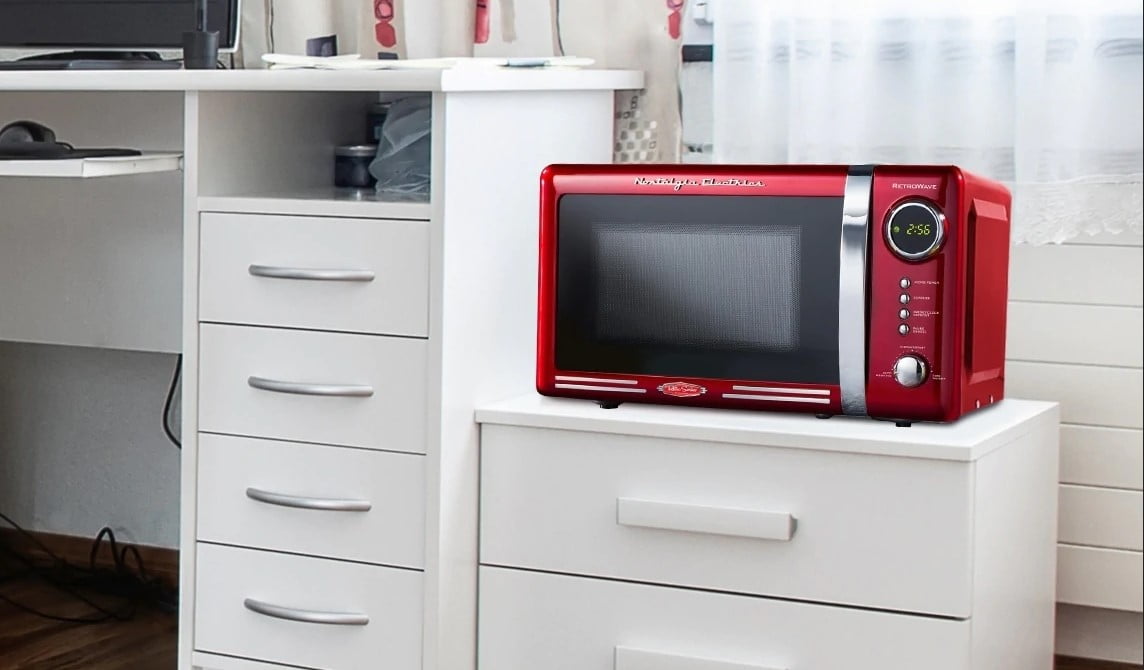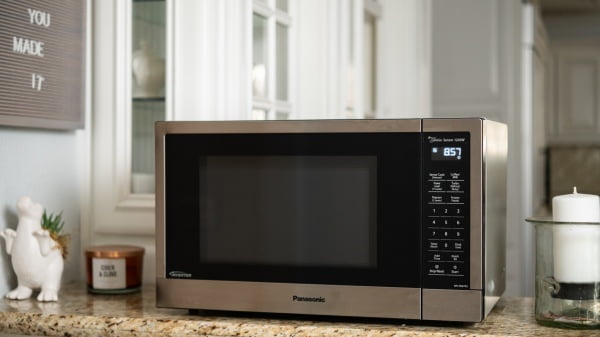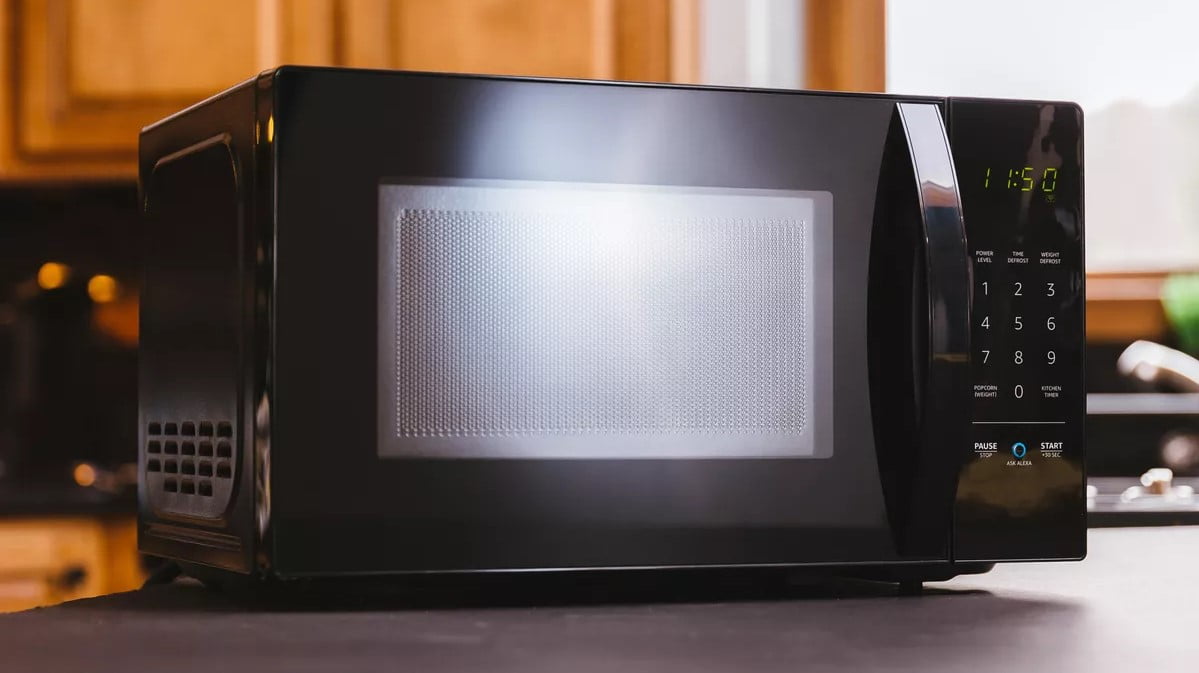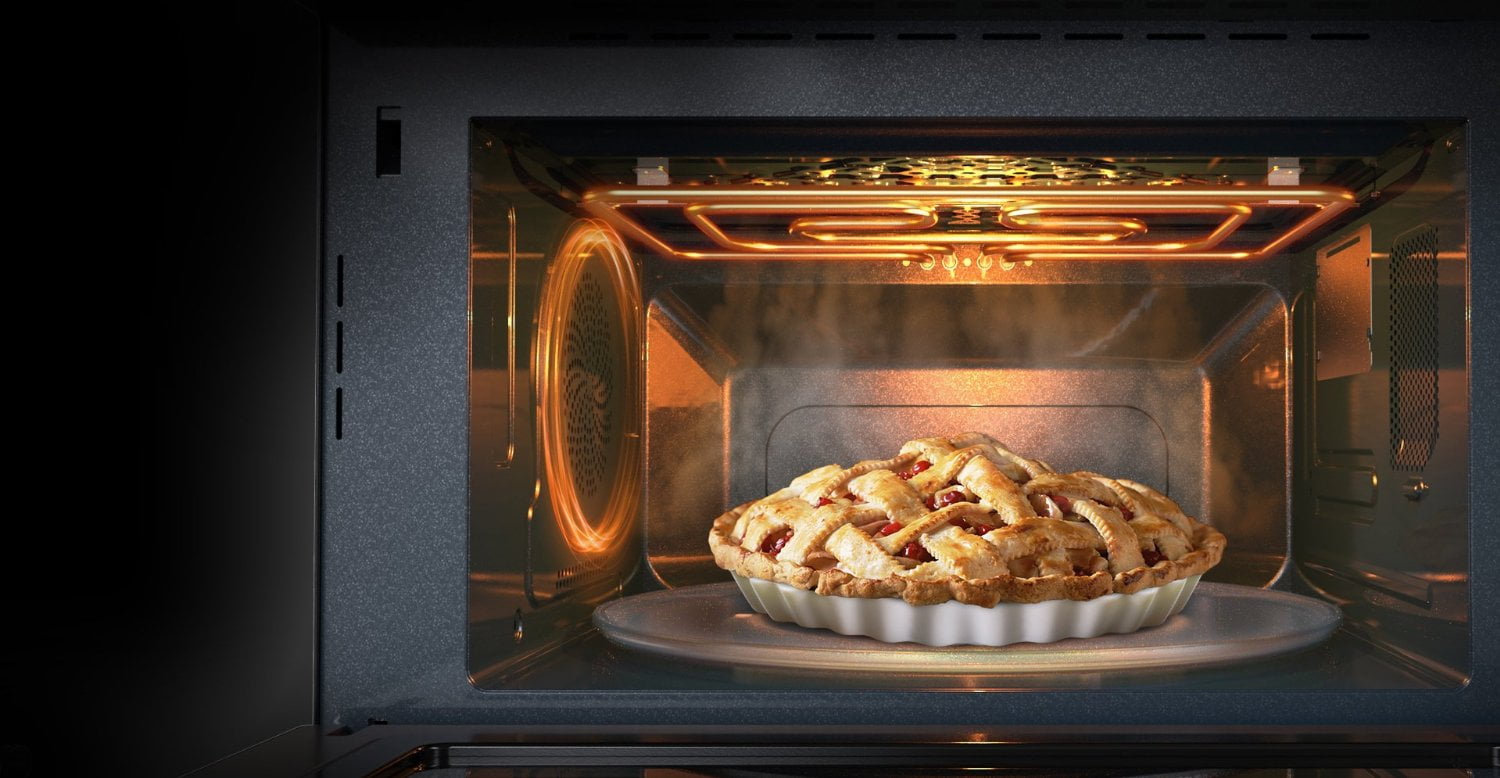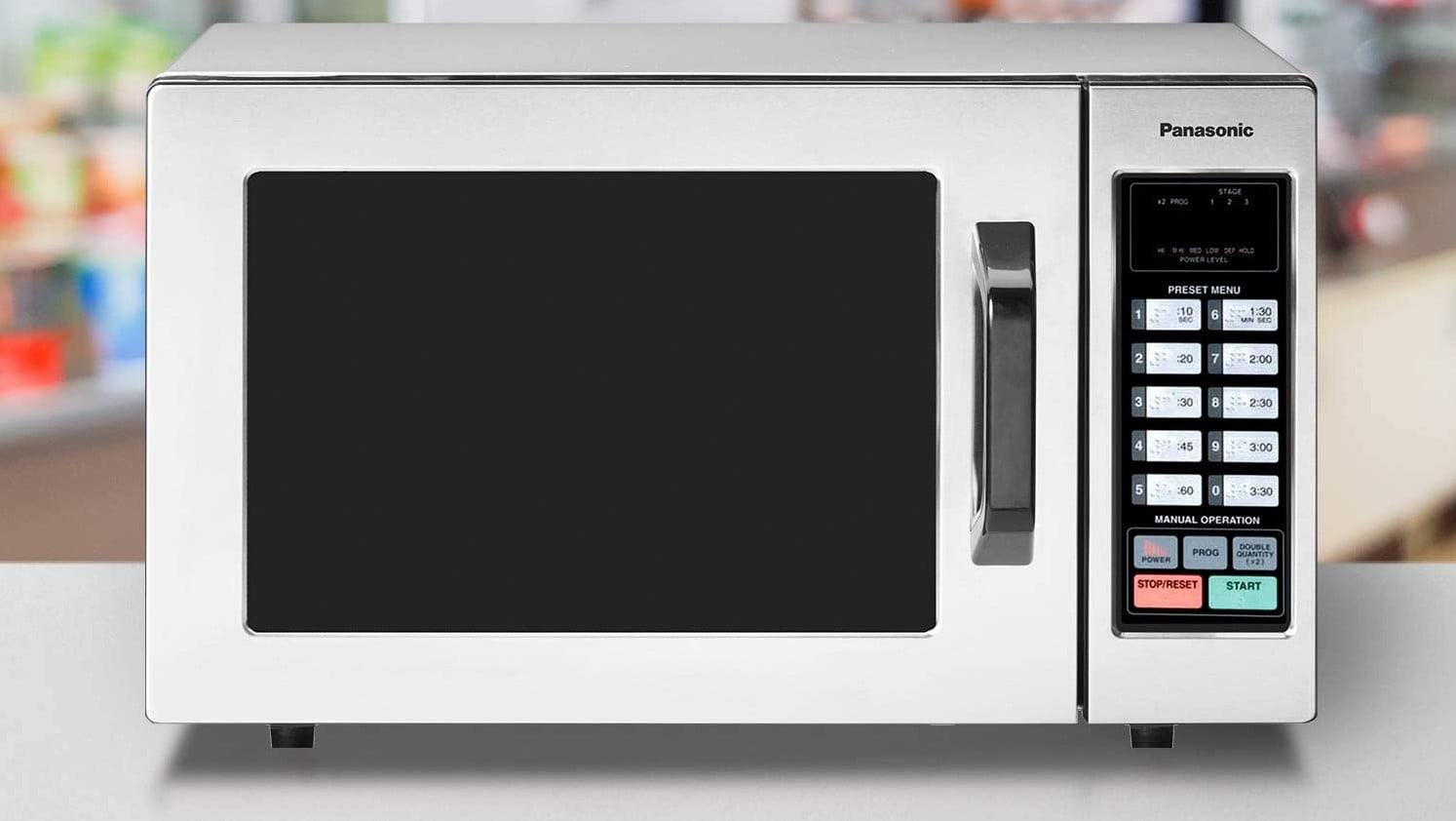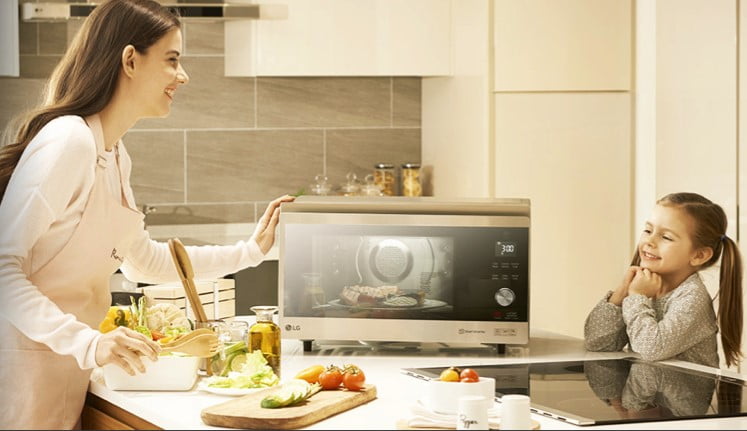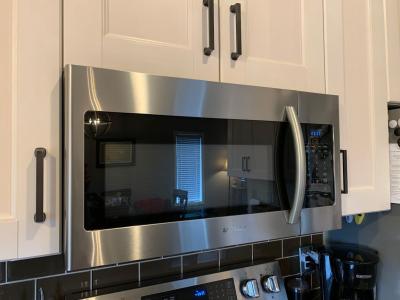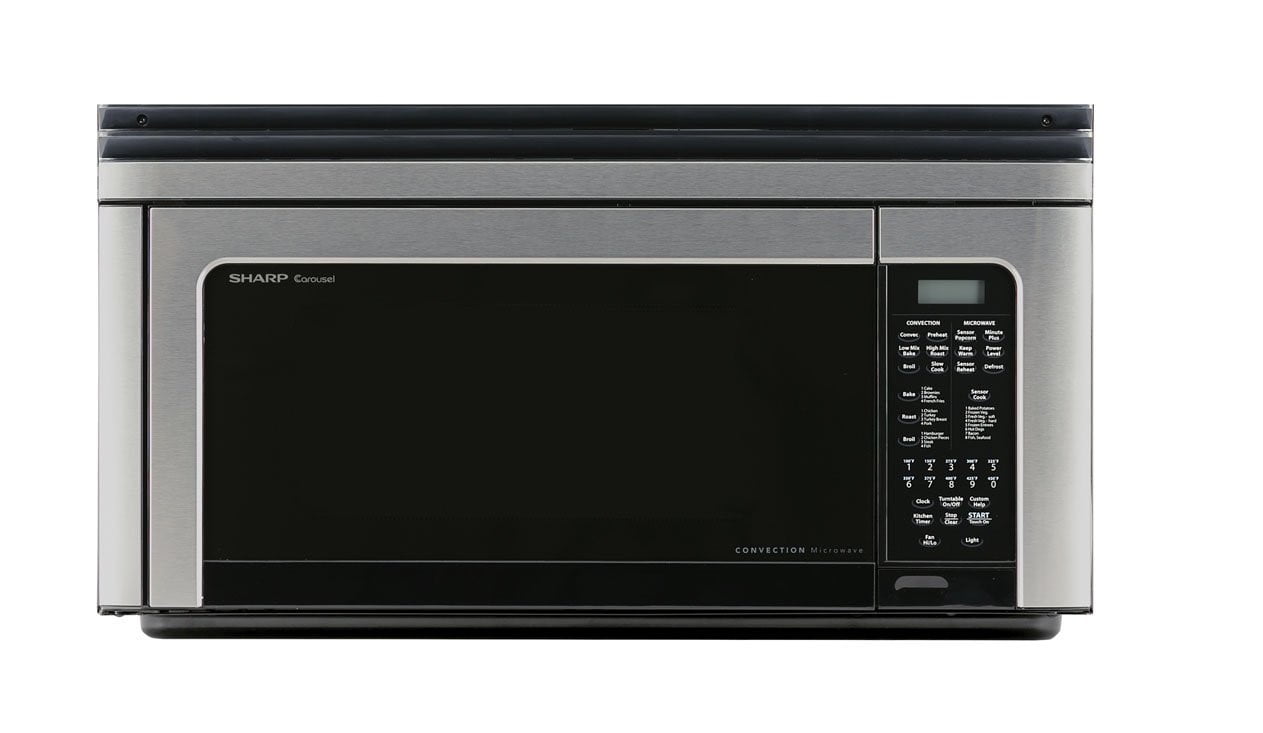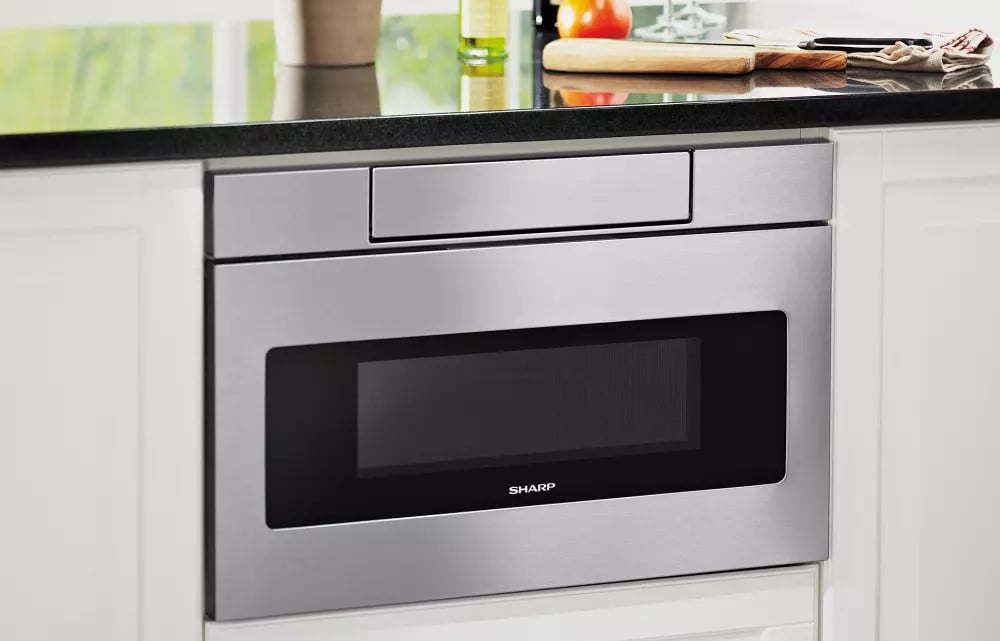If you’re shopping for the best microwave oven, you should know how a microwave is made. While you’re probably not concerned with building your own electromagnetic wave-producing household appliance, learning what’s inside a microwave ensures that you’ll be microwave-safe. In addition, familiarizing yourself with modern microwave ovens is a great way to understand the variety of applications possible with your unit. So, if you need to know what is a microwave made of, read this guide.
KEY TAKEAWAYS:
- Manufacturers use stainless steel and metal films to contain heat and microwave radiation from the oven.
- The internal cavity is metal, but manufacturers treat it with an enamel to prevent rusting.
- The magnetron is at the center of the microwave, and it generates the electromagnetic radiation that heats your food.
How Microwaves are Made
In the 1940s, following the second world war, Percy Spencer introduced the first microwave oven. Initially, due to the radar technology that inspired this new appliance, the world knew this new appliance as the “Radarange.” It was introduced to commercial kitchens at first as an alternative to conventional ovens, but Raytheon made a model for American households later in the same year.
Modern microwave ovens still use electromagnetic radiation for microwave heating, but today, we have expanded safety mechanisms and shorter cooking times than older units. This is partially due to how many watts are in microwave ovens today. In addition, most models have a digital control panel to affect the levels of microwave energy we use on our frozen food or liquid water-based meals.
Let’s look at the necessary parts of using microwave power in the kitchen.
Metal Box and Microwave Cavities
The first part of a microwave is the metal surface that contains the inner cavity. The metal used in a microwave reflects microwave radiation and contains it. The metal walls are typically stainless steel, and manufacturers coat them in thin enamel to prevent rusting.
Insider Tip
Ensure that you cover soup or liquid while the food cooks in your microwave. You can use a plastic container or paper towel as a cover to prevent food from splattering in your microwave.
Most microwave cavities also have a dome light to illuminate your meal. If your dome light isn’t activating, read our guide on how to fix a microwave light.
Magnetron
The magnetron tubes produce the microwave energy that cooks your food products.
Waveguide
The waveguide directs the energy from the magnetron into the microwave cavity.
Transformer or Inverter
The transformer takes electrical currents from a power source and adjusts them to the needs of the microwave. Alternatively, some models use an inverter that does not have to step the electric currents up or down to power the microwave oven.
Turntable and Glass Plate
A turntable motor and turntable mechanism sit at the center of the microwave cavity. Most of the time, a glass or ceramic plate sits above the turntable mechanism, and that is where you place your food.
Fan
Fans inside the microwave cool the components while the heating process occurs.
Circuit Board and Control Panel
The circuit board is the computer that controls the microwave and operates several safety switches inside the appliance. In addition, the control panel lets you set programs and cooking timers.
Microwave Door
The microwave door typically contains a metal mesh that stops microwave energy from leaving the cavity but still allows you to monitor your food while it cooks visually.
Power Cord
The power cord connects to an electrical outlet and passes current along to the internal circuitry.
Warning
If you notice malfunctions on your digital clock display, it might be a sign of more serious electrical issues. Immediately seek appliance repair advice to avoid electrical damage to your appliance or home.
F.A.Q.S
Can you microwave stainless steel or aluminum foil?
You should never insert a metal object in your microwave oven, especially stainless steel. That said, you can microwave aluminum foil, but it needs to be completely smooth.
Can you microwave Ziploc bags?
Do not microwave Ziploc bags. The thin plastic can melt and seep chemicals into your food.
Can you microwave cardboard?
Do not microwave cardboard. The chemicals and glue used to produce cardboard will heat in the microwave and produce toxic fumes.
STAT: In a US Department of Energy survey, 22% of the 2,911 respondents reported owning a convection microwave oven. (source)

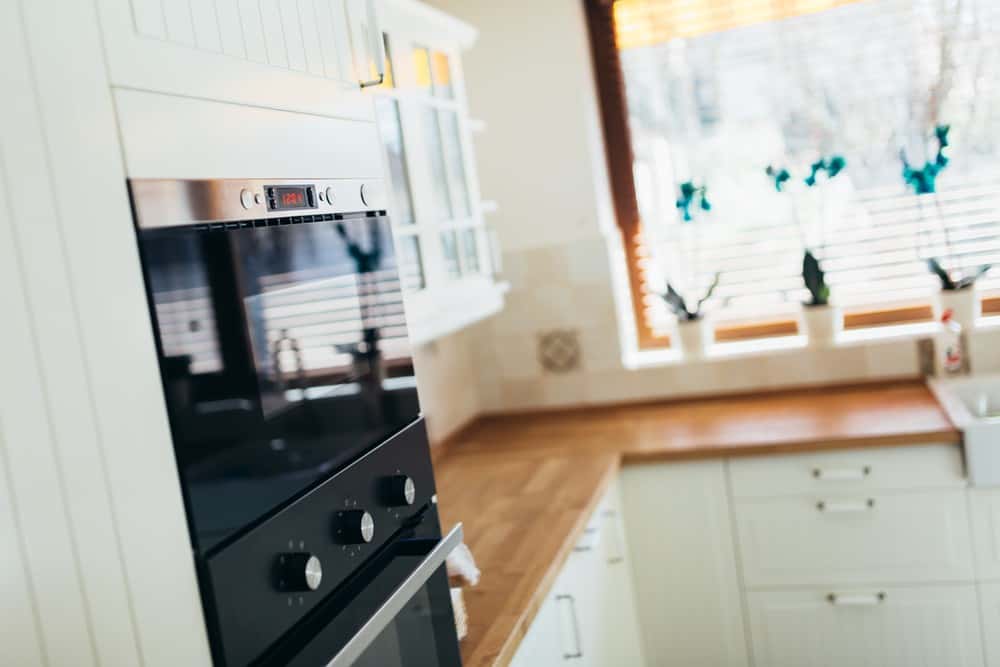













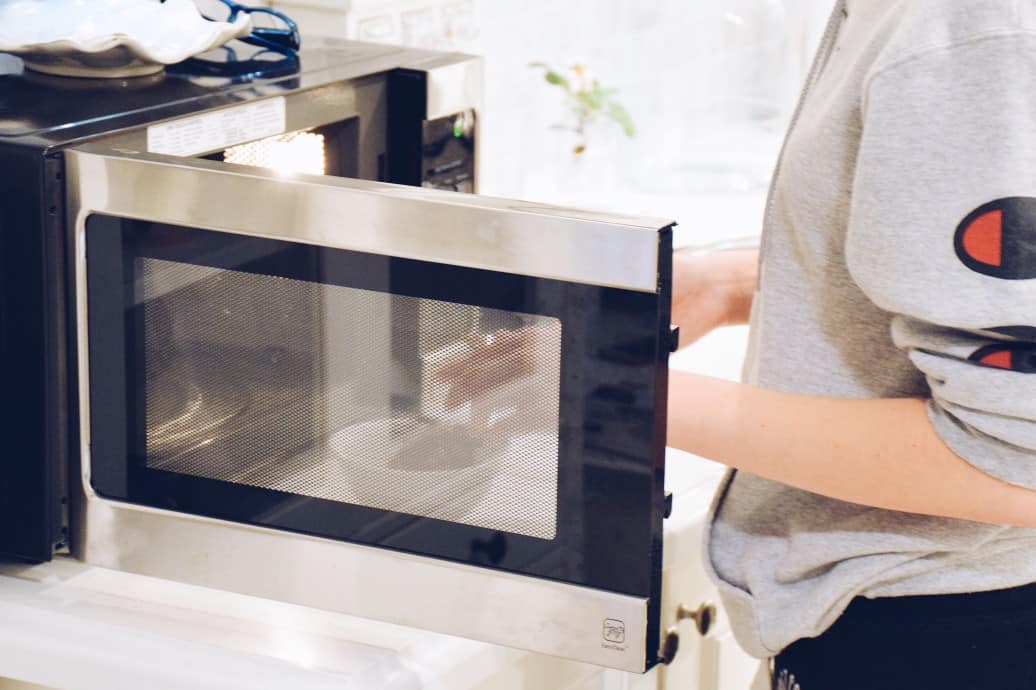
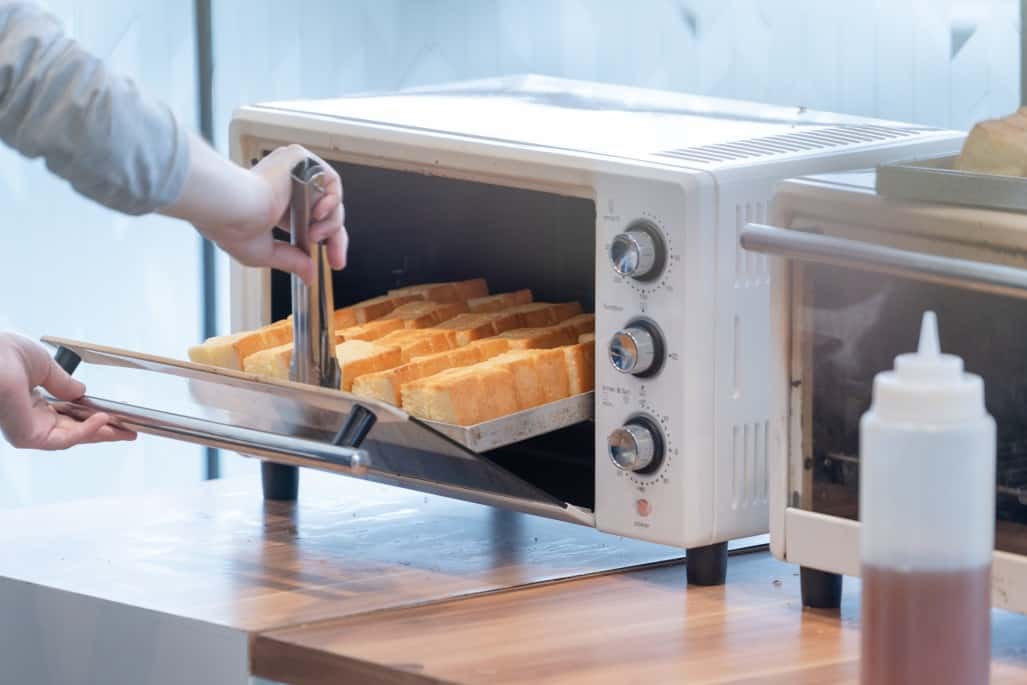
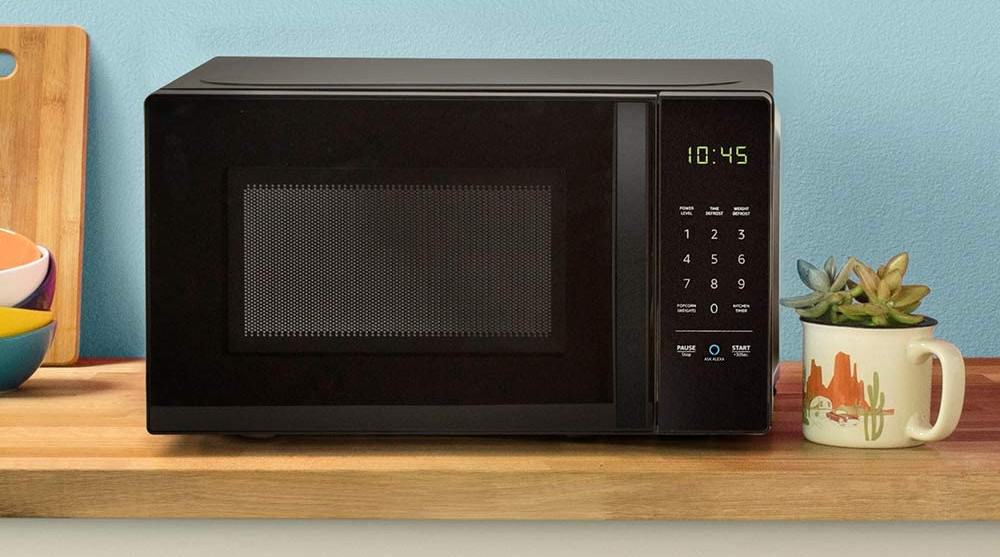

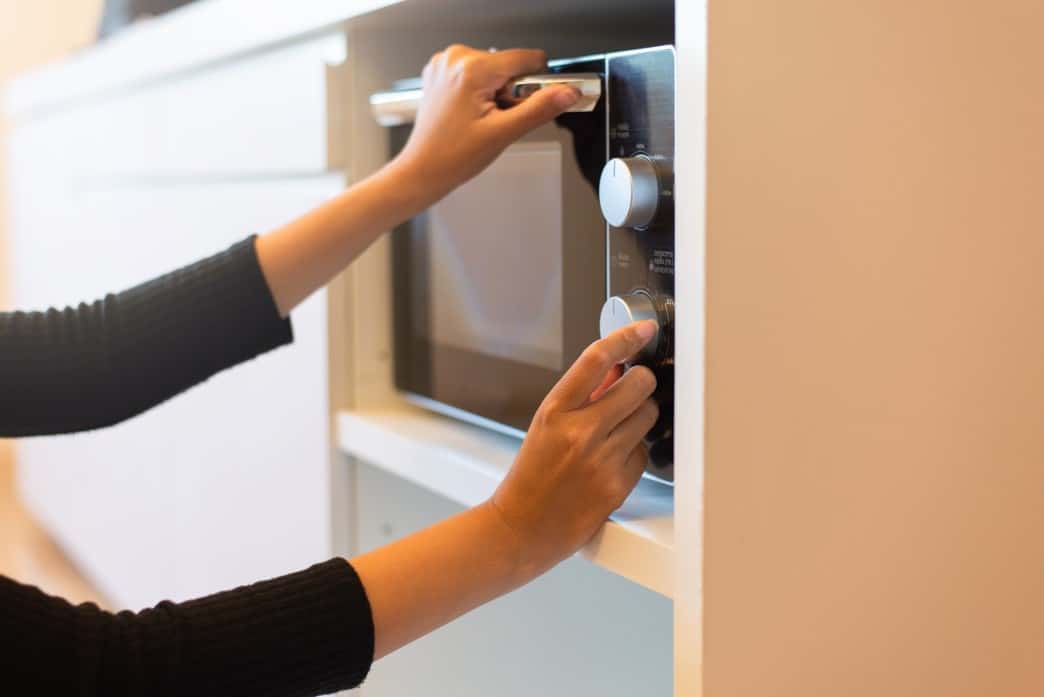
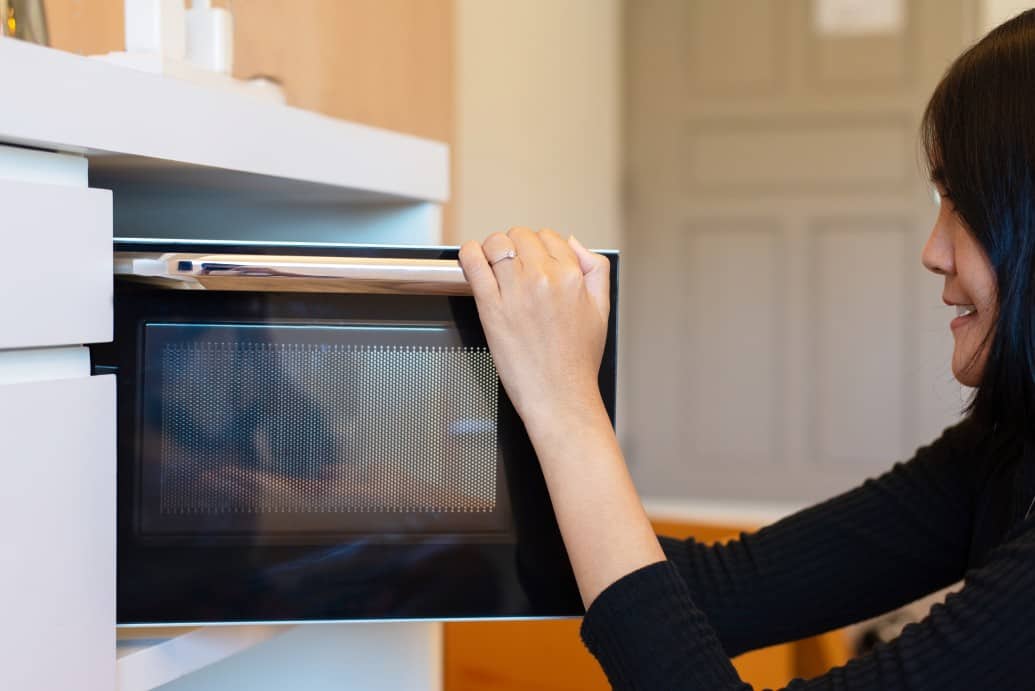
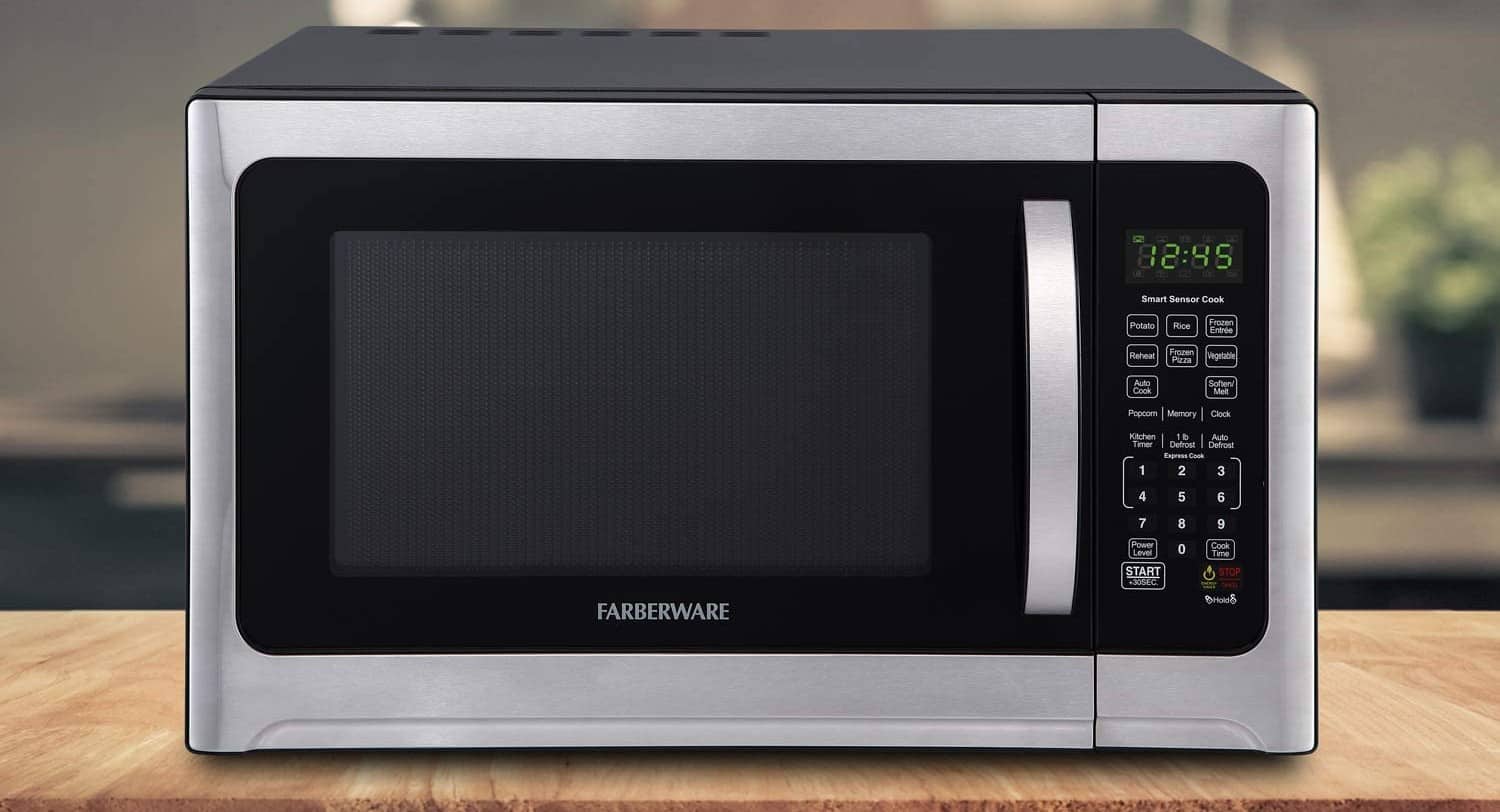
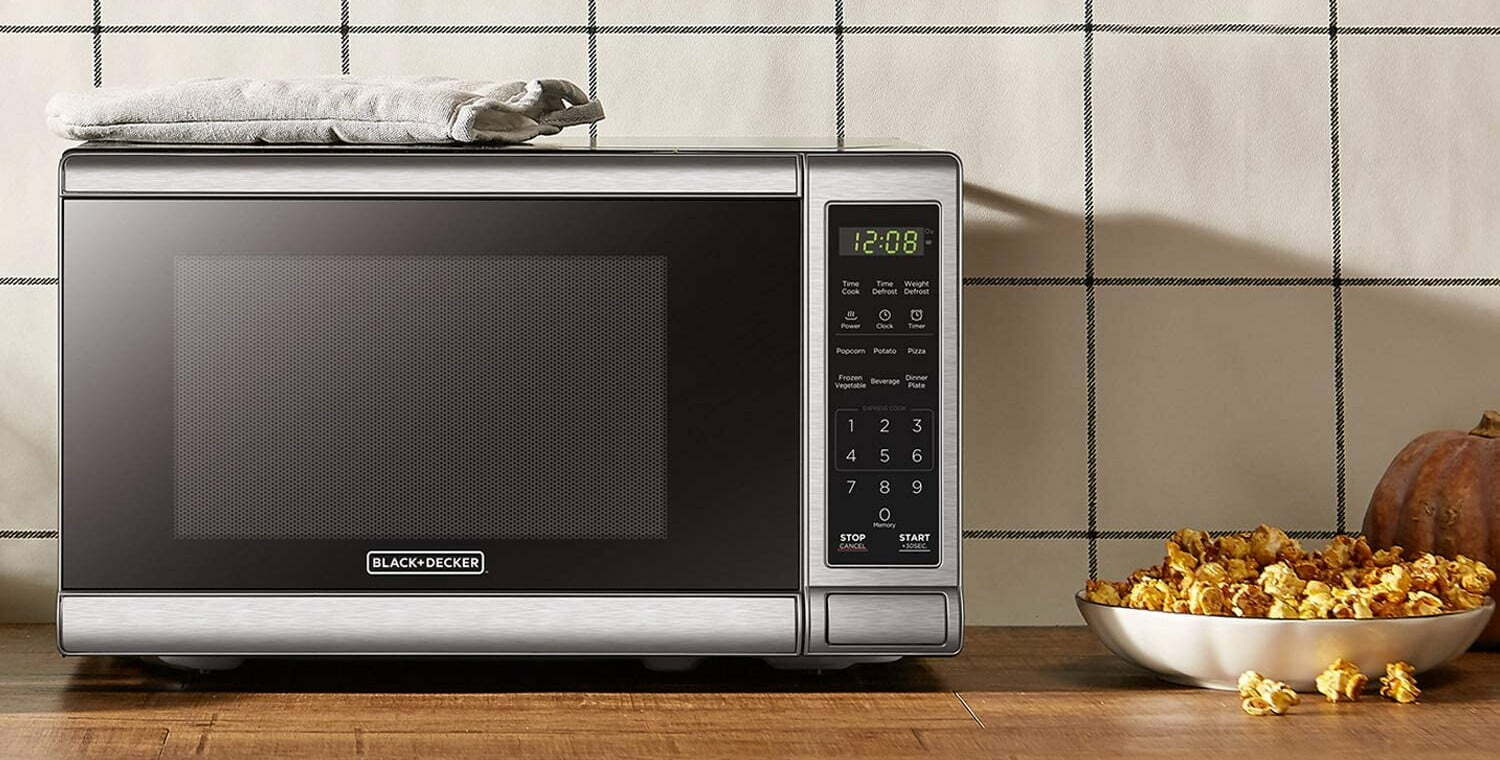
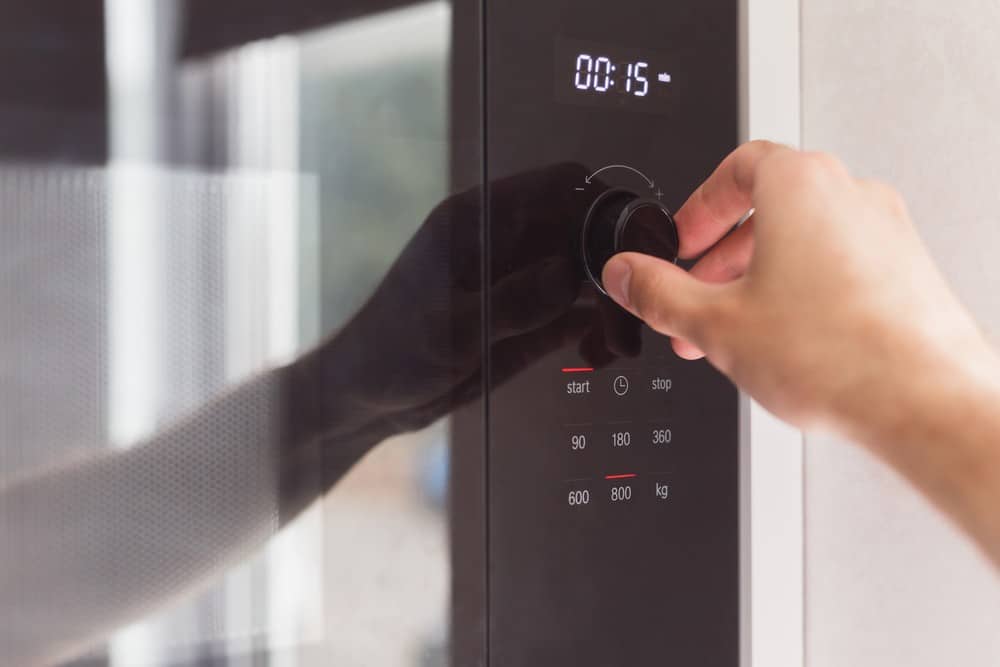
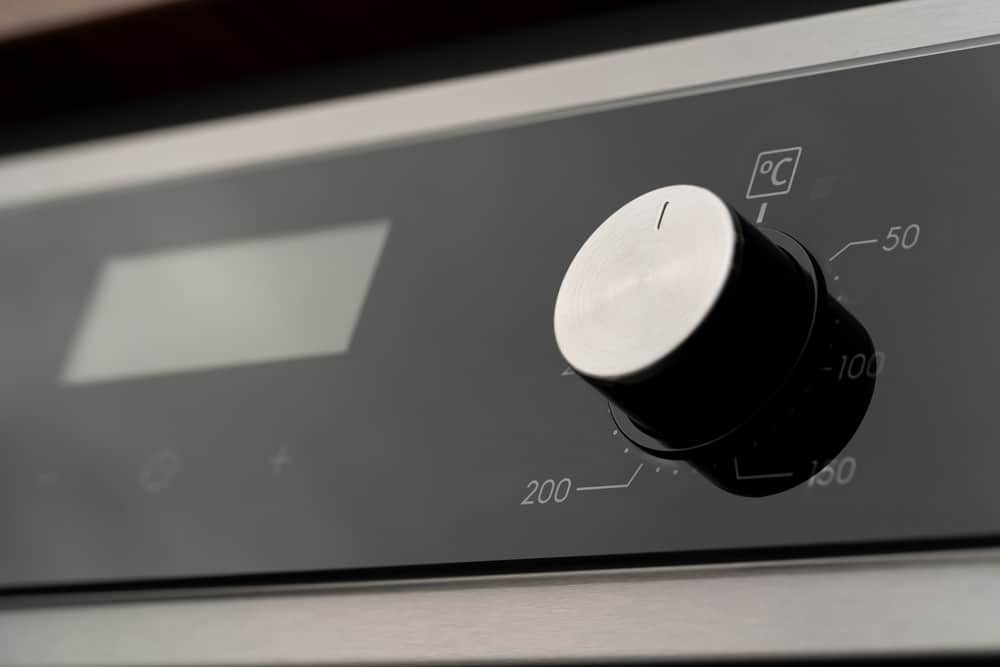
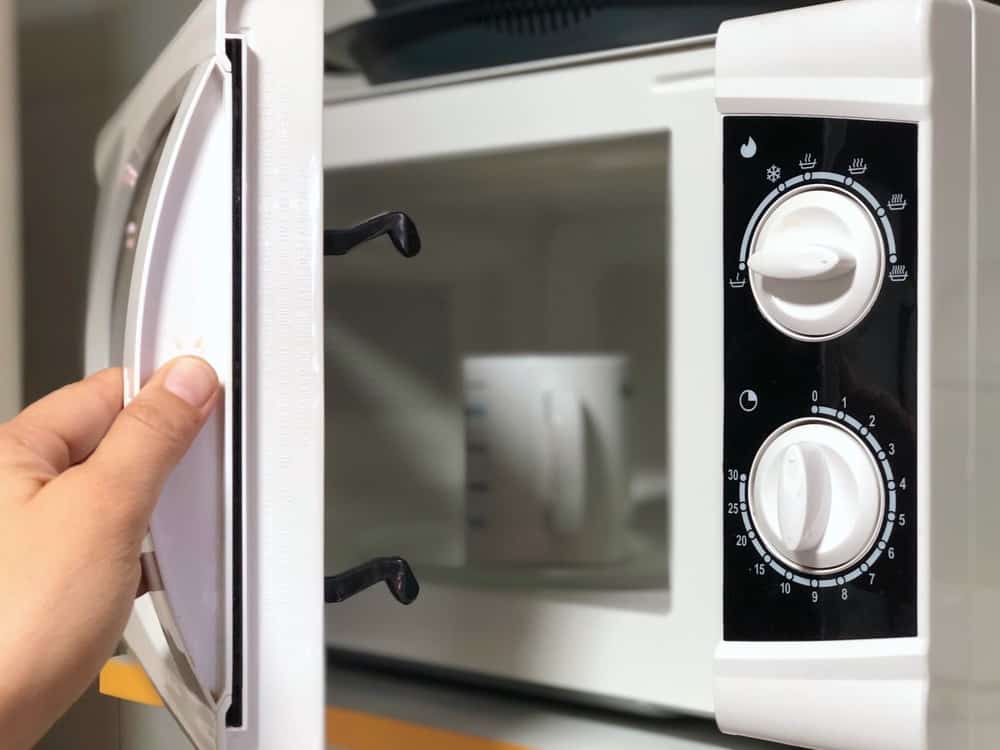
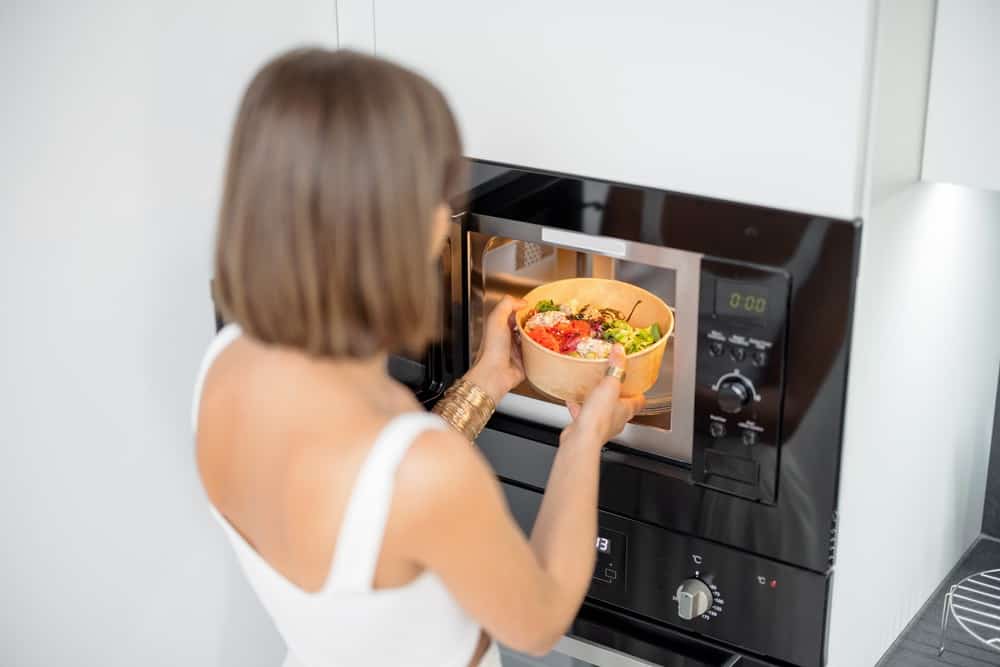
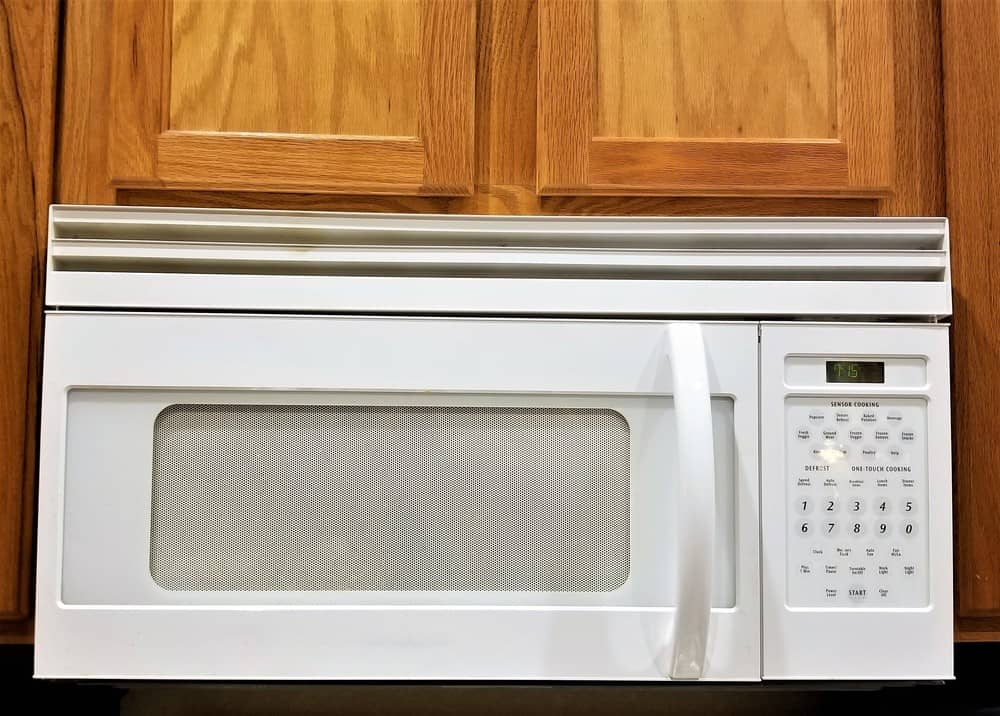
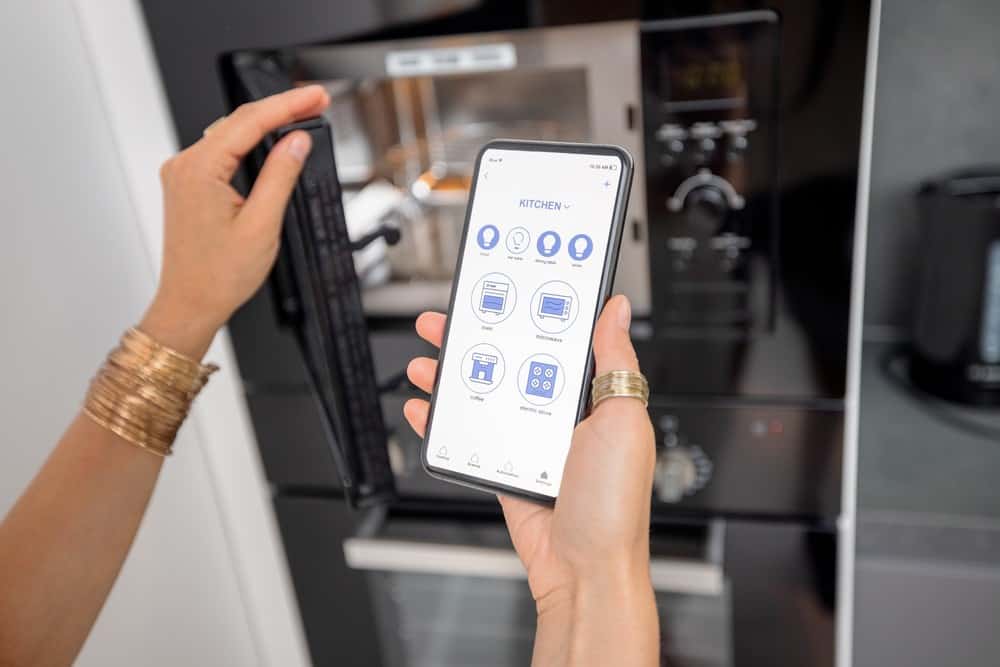
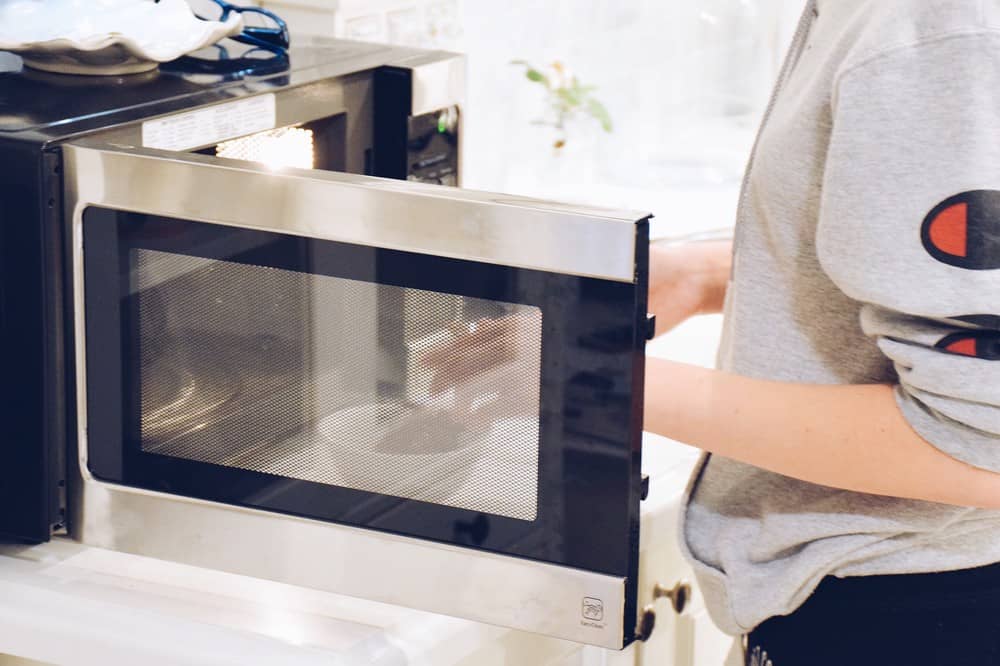

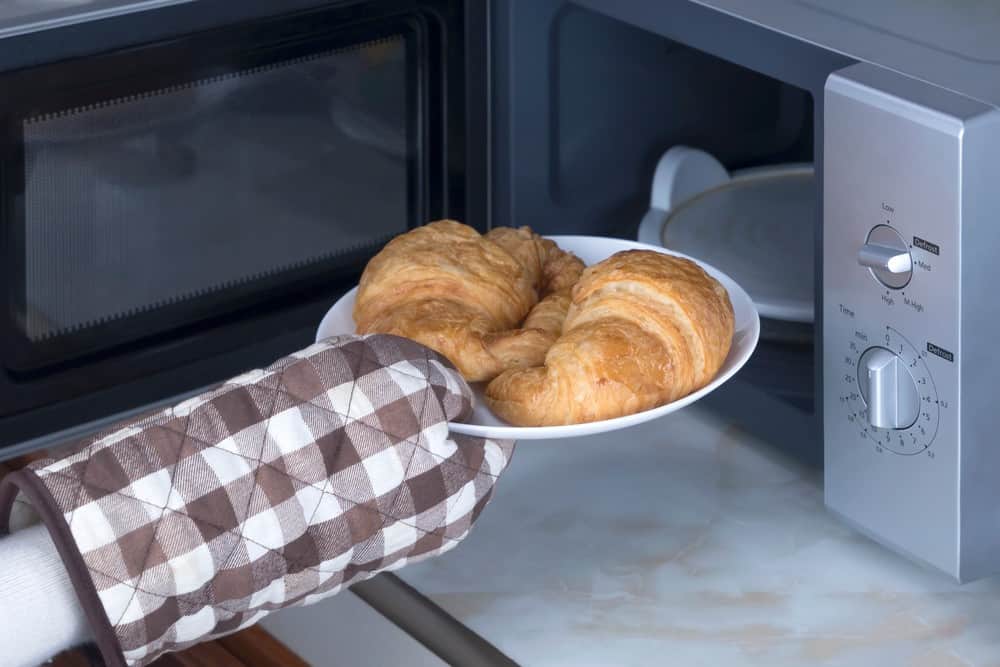
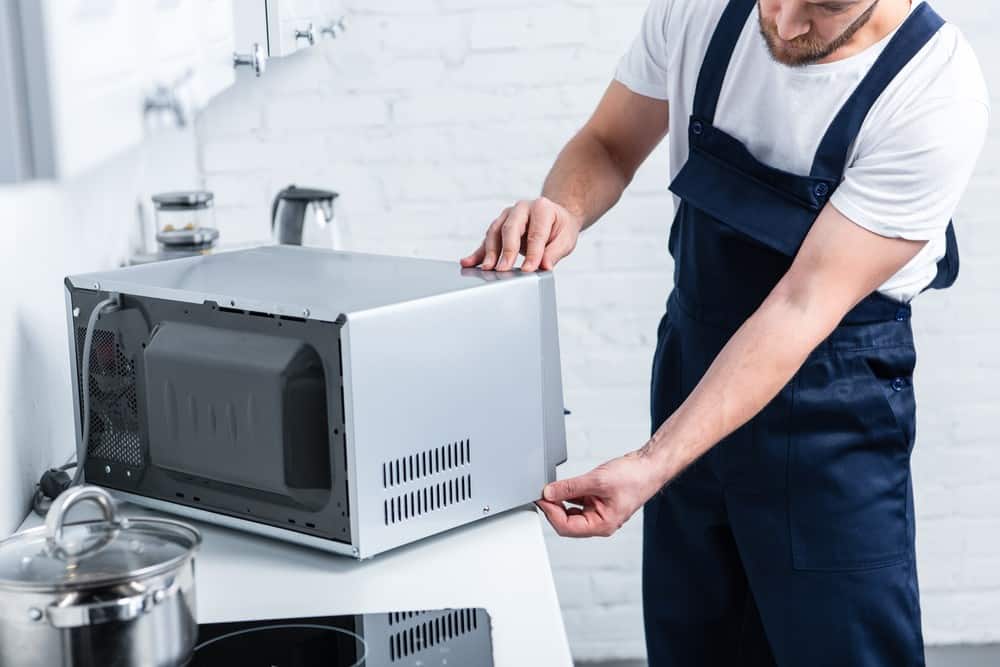
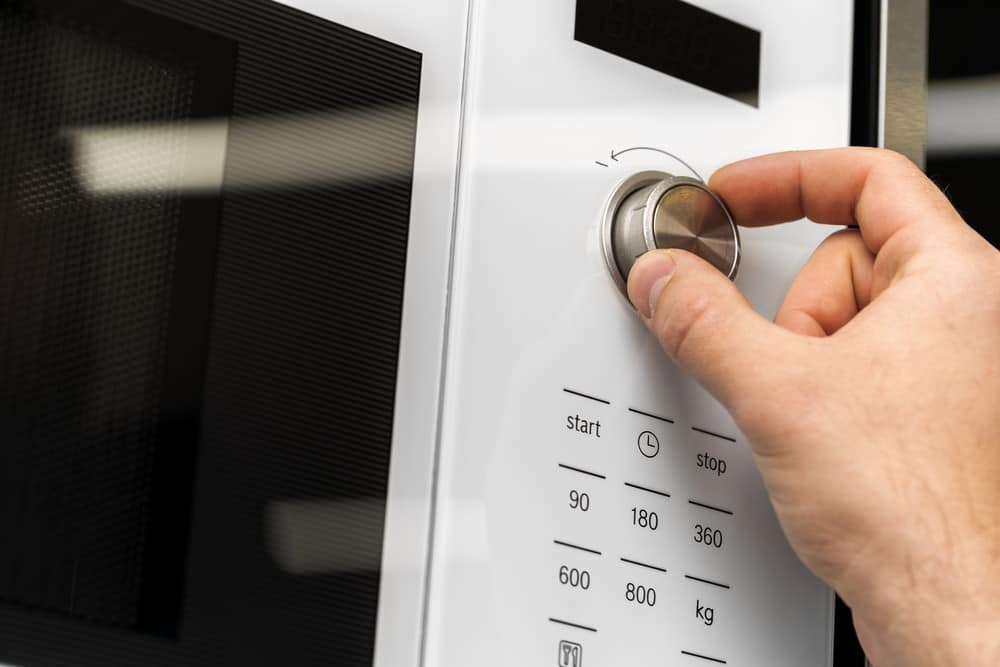
![Best Kitchen Appliances in [year] ([month] Reviews) 27 Best Kitchen Appliances in 2026 (January Reviews)](https://www.gadgetreview.dev/wp-content/uploads/best-kitchen-appliances.jpg)
![Best Whirlpool Microwaves in [year] 28 Best Whirlpool Microwaves in 2026](https://www.gadgetreview.dev/wp-content/uploads/best-whirlpool-microwaves-image.jpg)
![Best Microwave Drawers in [year] 29 Best Microwave Drawers in 2026](https://www.gadgetreview.dev/wp-content/uploads/best-microwave-drawer-image.jpg)
![Best Quiet Microwaves in [year] 30 Best Quiet Microwaves in 2026](https://www.gadgetreview.dev/wp-content/uploads/best-quiet-microwave-image.jpg)
![Best LG Microwaves in [year] 31 Best LG Microwaves in 2026](https://www.gadgetreview.dev/wp-content/uploads/best-lg-microwaves-image.jpg)
![Best Microwaves in [year] ([month] Reviews) 32 Best Microwaves in 2026 (January Reviews)](https://www.gadgetreview.dev/wp-content/uploads/best-microwaves-image.jpg)
![Best Over the Range Convection Microwaves in [year] 33 Best Over the Range Convection Microwaves in 2026](https://www.gadgetreview.dev/wp-content/uploads/best-over-the-range-convection-microwave-image.jpg)
![Best Retro Microwaves in [year] 34 Best Retro Microwaves in 2026](https://www.gadgetreview.dev/wp-content/uploads/best-retro-microwave-image.jpg)
![Best GE Microwaves in [year] 35 Best GE Microwaves in 2026](https://www.gadgetreview.dev/wp-content/uploads/best-ge-microwaves-image..jpg)
![10 Best Samsung Microwaves in [year] 36 10 Best Samsung Microwaves in 2026](https://www.gadgetreview.dev/wp-content/uploads/best-samsung-microwaves-image.jpg)
![10 Best Microwaves for Seniors in [year] 37 10 Best Microwaves for Seniors in 2026](https://www.gadgetreview.dev/wp-content/uploads/best-microwaves-seniors-image.jpg)
![10 Best Microwave Toaster Oven Combo in [year] 38 10 Best Microwave Toaster Oven Combo in 2026](https://www.gadgetreview.dev/wp-content/uploads/best-microwave-toaster-oven-combo-scaled-1.jpg)
![10 Best Panasonic Microwaves in [year] 39 10 Best Panasonic Microwaves in 2026](https://www.gadgetreview.dev/wp-content/uploads/best-panasonic-microwaves.jpg)
![10 Best Microwaves for College Dorms in [year] 40 10 Best Microwaves for College Dorms in 2026](https://www.gadgetreview.dev/wp-content/uploads/best-microwaves-for-college-dorms.jpg)
![10 Best Compact Microwaves in [year] 41 10 Best Compact Microwaves in 2026](https://www.gadgetreview.dev/wp-content/uploads/best-compact-microwave-image.jpg)
![10 Best Convection Microwave Ovens in [year] 42 10 Best Convection Microwave Ovens in 2026](https://www.gadgetreview.dev/wp-content/uploads/best-convection-microwave-oven-image.jpg)
![10 Best Built In Microwaves in [year] 43 10 Best Built In Microwaves in 2026](https://www.gadgetreview.dev/wp-content/uploads/best-built-in-microwave-image.jpg)
